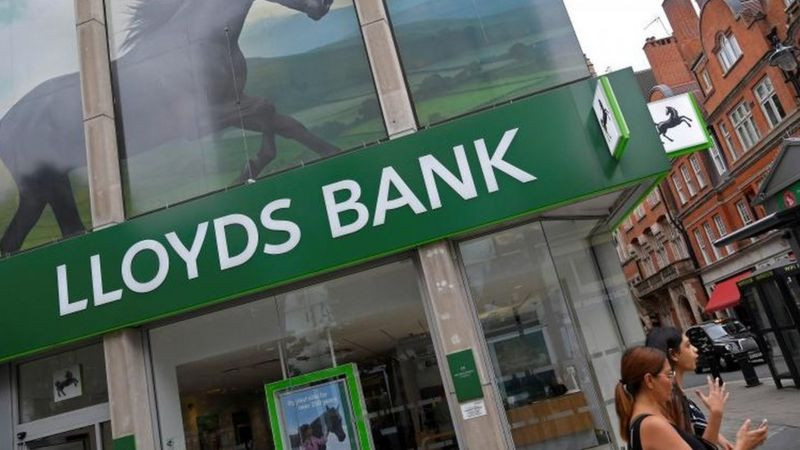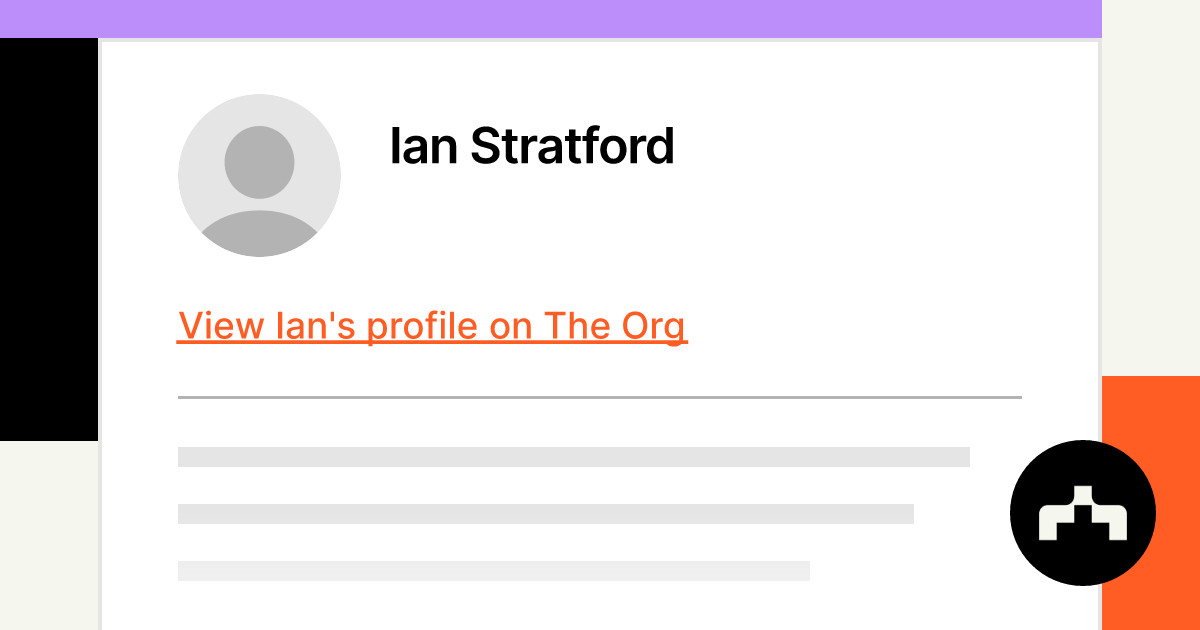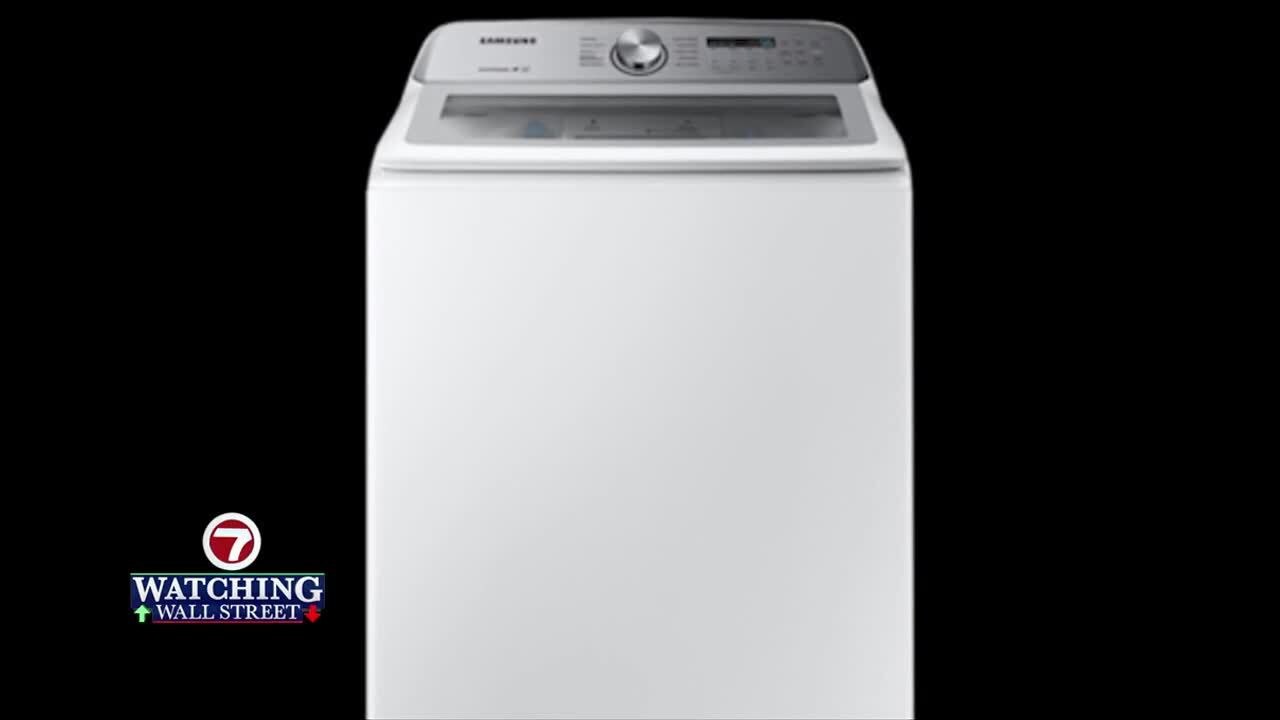Lloyds Banking Group Overhauls Overdraft Rates: What You Need To Know
Three major high street banks, Lloyds Bank, Halifax, and Bank of Scotland, owned by Lloyds Banking Group, are implementing significant changes to their overdraft policies, impacting millions of customers starting today. These adjustments affect how the banks charge for arranged overdrafts, a financial tool that allows individuals to spend or withdraw money even if their account balance dips below £0.
Overdraft Rate Changes Explained
Previously, customers were subject to three different overdraft interest rates: 27.5% (applicable to some Club Lloyds account holders), 39.9% (the standard rate for most Lloyds, Halifax, and Bank of Scotland customers), and 49.9% (also applicable to some customers across these banks). However, Lloyds Banking Group has introduced a new tiered system, with lower rates of 19.9% and 29.9% replacing the 27.5% rate. The existing 39.9% and 49.9% rates remain in place, but there are now temporary rates of 34.9% (rising to 39.9% after six months) and 44.9% (rising to 49.9% after six months) as well.
This shift could see some customers paying higher interest rates, especially those previously on the 27.5% rate, while others might experience a decrease. The final rate applied to each customer's account will take effect on January 31, 2025, with the new rates being applied to customers who set up an overdraft for the first time.
Who Is Affected By These Changes?
The changes affect customers who have an arranged overdraft set up with Lloyds Bank, Halifax, or Bank of Scotland. If you don't have an overdraft, these changes won't directly impact you. However, if you decide to establish an overdraft in the future, the new rates will apply.
Minimizing Overdraft Costs: Options for Customers
For customers seeking ways to reduce overdraft costs, several strategies can be employed:
Switching to a Bank with Interest-Free Overdrafts
Consider switching to a bank that offers interest-free overdraft facilities, as this can help significantly cut down on overdraft charges. Some popular options include:
- First Direct: This bank offers a £250 interest-free overdraft for many customers, with a 39.9% rate above that limit.
- Nationwide: With a new FlexDirect account, Nationwide provides a £1,500 interest-free overdraft for the first year, followed by a 39.9% rate after that.
Using a 0% Money Transfer Credit Card
Transferring your overdraft balance to a 0% money transfer credit card can be a viable solution. This involves paying the money into your account and then using the credit card to pay off your overdraft. However, be mindful of the associated fee, typically around 4% of the transferred amount.
Negotiating with Your Bank
If the increased overdraft rate makes it difficult to manage your finances, consider speaking with your bank about your situation. They might offer assistance or solutions. If negotiations fail, you have the option to raise a complaint with the bank, which can be escalated to the Financial Ombudsman if necessary.
Switching Bank Accounts: A Simple Process
Switching bank accounts is a straightforward process facilitated by the Current Account Switch Service (CASS). Numerous high street banks and building societies participate in this service, a full list of which can be found on the CASS website. The switch typically takes seven working days and automatically transfers your direct debits to the new account, simplifying the process.
Beyond Overdraft Rates: Consider Other Bank Perks
When considering switching banks, don't solely focus on overdraft rates. Explore other benefits offered by different banks, such as:
- Savings account rates: Compare rates on savings accounts to find the best deals.
- Other perks: Some banks provide free travel or mobile phone insurance with their current accounts. However, these accounts might come with a monthly fee.
Dealing with Overdraft Debt
If you find yourself in a situation where you are stuck in an overdraft and have savings, it's financially advisable to use those savings to pay off the debt. If you lack a readily available cash reserve, contact your bank for assistance. Lenders are obligated to help individuals facing financial difficulties.
Other Options for Overdraft Debt Management
Beyond switching banks or contacting your bank directly, alternative options exist for managing overdraft debt:
- Interest-free loan: Your bank might convert your overdraft into an interest-free loan and remove it from your account entirely. This allows you to repay the debt at a manageable pace.
- Money transfer credit card: Consider moving your overdraft debt to a money transfer credit card, which might offer a lower interest rate or a longer interest-free period. These credit cards facilitate the transfer of existing debt to a new card, providing a temporary interest-free period.
Before Applying for a Credit Card
Before applying for a money transfer credit card, use an eligibility checker on comparison websites like Compare the Market or MoneySupermarket to assess your likelihood of acceptance without negatively impacting your credit score.
Seeking Additional Help
For assistance with financial issues, reach out to The Sun's money team at [email protected]. You can also join the Sun Money Chats and Tips Facebook group for sharing tips and stories with other users.
Key Takeaways
- Lloyds Banking Group, including Lloyds Bank, Halifax, and Bank of Scotland, is making changes to its overdraft rates, impacting many customers.
- The changes involve the introduction of new tiered rates, with some customers potentially experiencing higher interest rates.
- Customers facing increased overdraft rates can explore options like switching to a bank with interest-free overdrafts, using a 0% money transfer credit card, or negotiating with their bank for assistance.
- Switching banks is a simple process facilitated by the Current Account Switch Service (CASS), offering a streamlined transfer of direct debits.
- When switching banks, consider other perks offered by different institutions, including savings account rates and additional benefits.
- If you're stuck in an overdraft and have savings, it's advisable to use them to pay off the debt. If you don't have savings, contact your bank for help. Remember, lenders are obligated to assist individuals in financial difficulty.
- Additional options for managing overdraft debt include requesting an interest-free loan from your bank or transferring the debt to a money transfer credit card.
Final Thoughts: Navigating Financial Challenges
Navigating financial challenges requires proactive measures and informed decision-making. By understanding the changes implemented by Lloyds Banking Group, exploring alternative options, and seeking assistance when needed, customers can manage their overdraft debt effectively and make informed choices that suit their financial needs.


















